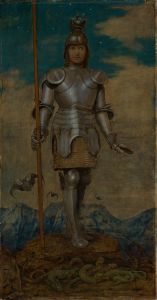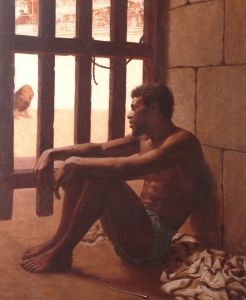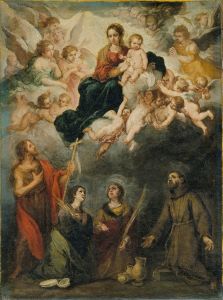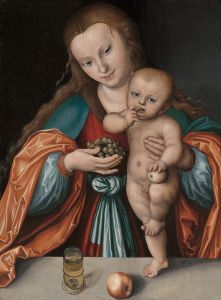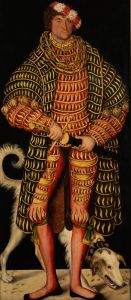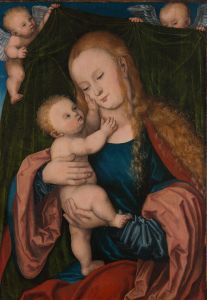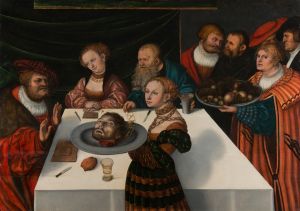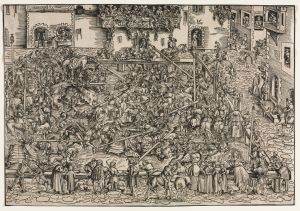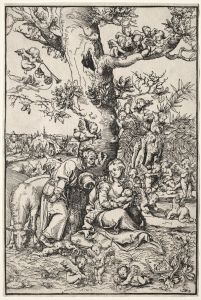
Saint Maurice
A hand-painted replica of Lucas Cranach the Elder’s masterpiece Saint Maurice, meticulously crafted by professional artists to capture the true essence of the original. Each piece is created with museum-quality canvas and rare mineral pigments, carefully painted by experienced artists with delicate brushstrokes and rich, layered colors to perfectly recreate the texture of the original artwork. Unlike machine-printed reproductions, this hand-painted version brings the painting to life, infused with the artist’s emotions and skill in every stroke. Whether for personal collection or home decoration, it instantly elevates the artistic atmosphere of any space.
Lucas Cranach the Elder, a prominent German Renaissance painter, created a depiction of Saint Maurice, a Christian martyr and the leader of the Theban Legion. This artwork, titled Saint Maurice, is one of many representations of the saint in European art. Cranach, known for his detailed and expressive portraits, as well as his religious and mythological works, painted this piece during the early 16th century. The exact date of its creation is not definitively known, but it is attributed to Cranach's mature period, when he was actively working as a court painter for the Electors of Saxony.
Saint Maurice, a revered figure in Christian tradition, was a Roman soldier of Egyptian origin who was martyred for refusing to renounce his faith. Cranach's portrayal of the saint is notable for its distinctive style and attention to detail. The painting depicts Maurice in armor, emphasizing his role as a soldier, and often includes elements that highlight his status as a Christian martyr, such as a cross or a banner. Cranach's use of color and texture in the depiction of armor and fabric demonstrates his technical skill and ability to convey realism.
The painting reflects the broader cultural and religious context of the Reformation, a period during which Cranach was closely associated with Martin Luther and the Protestant movement. While Cranach's works often included Catholic saints, they were sometimes adapted to align with Protestant ideals. However, there is no direct evidence to suggest that this particular painting was intended to serve a specific theological purpose.
The original location of Saint Maurice is not definitively documented, but many of Cranach's works were created for churches, private patrons, or the Saxon court. Today, some of Cranach's depictions of Saint Maurice are housed in museums and collections around the world, though it is unclear whether this specific painting remains in its original form or location.
As with many of Cranach's works, Saint Maurice exemplifies the artist's ability to blend religious themes with the artistic innovations of the Renaissance. The painting serves as a testament to Cranach's skill and his role in shaping the visual culture of his time.







